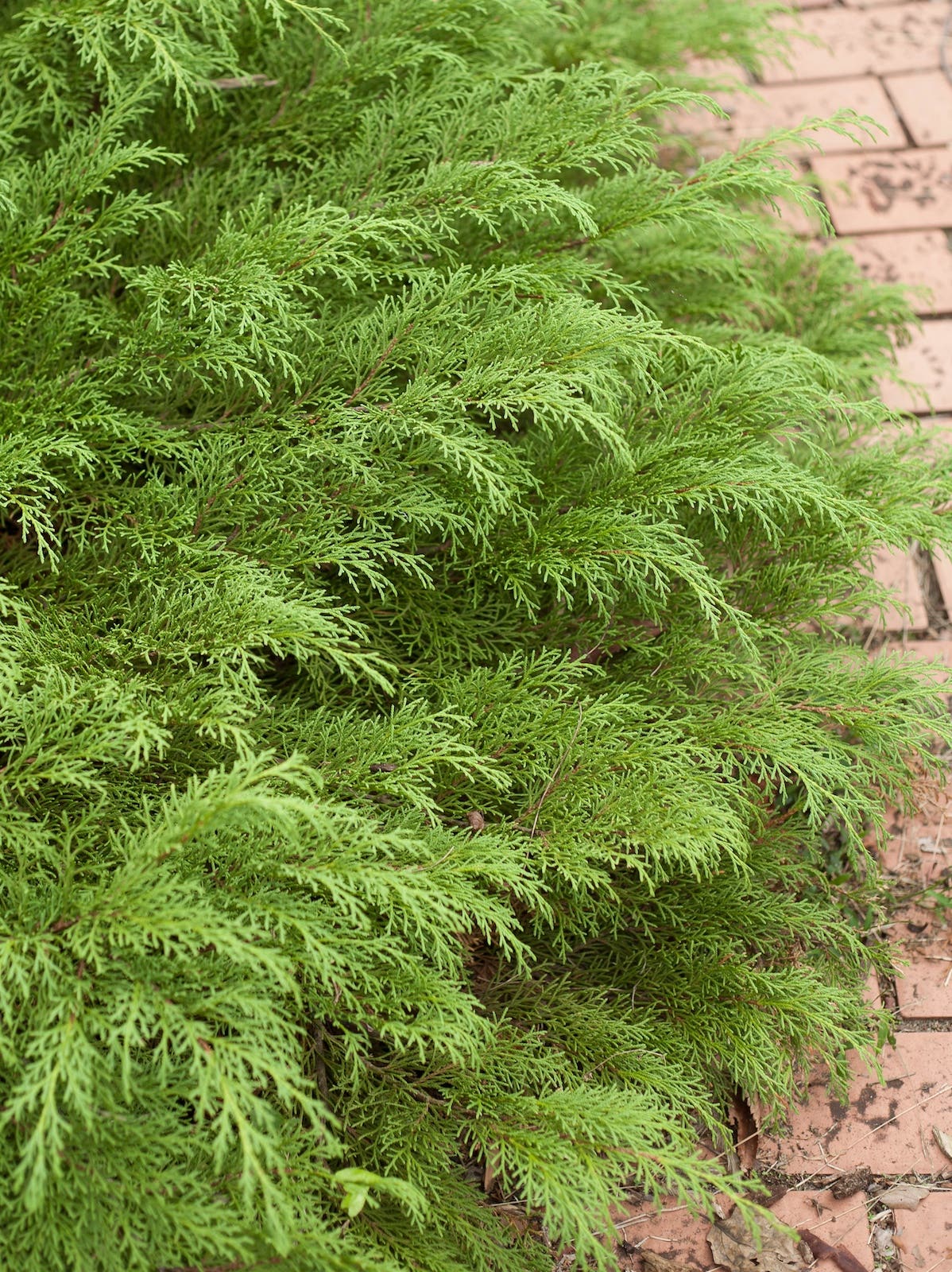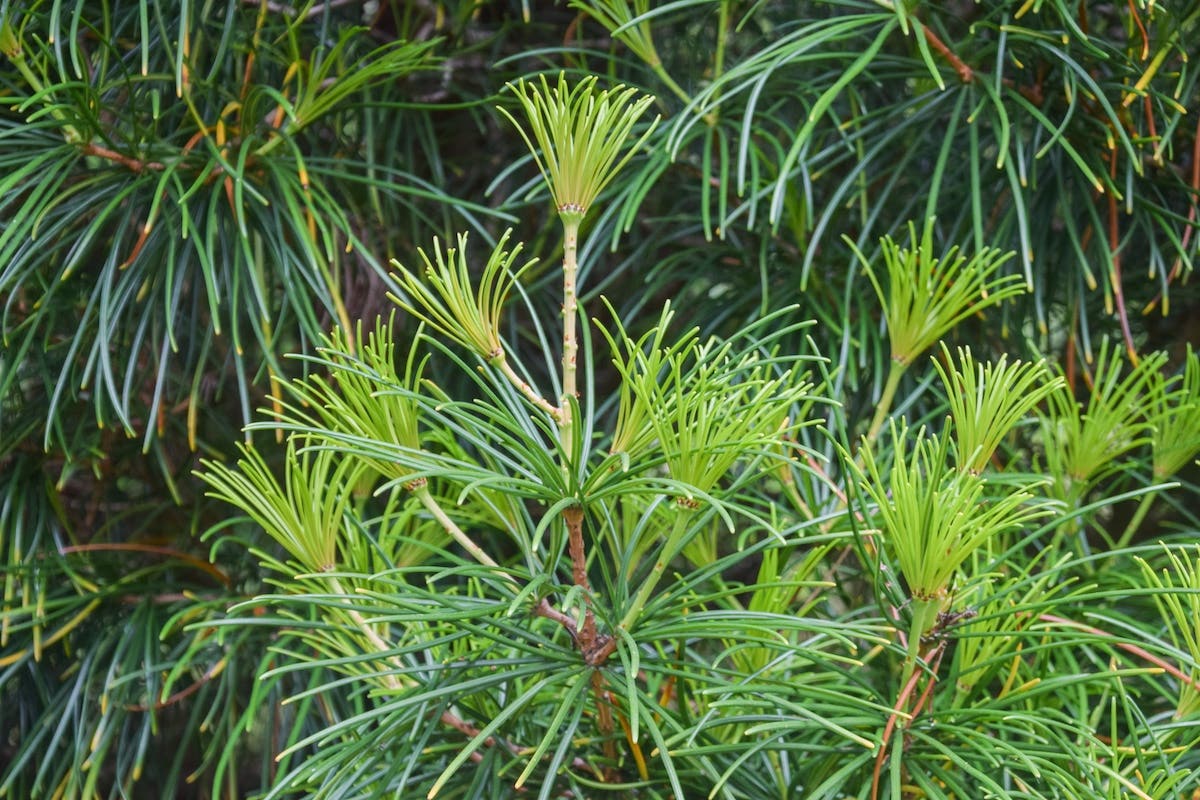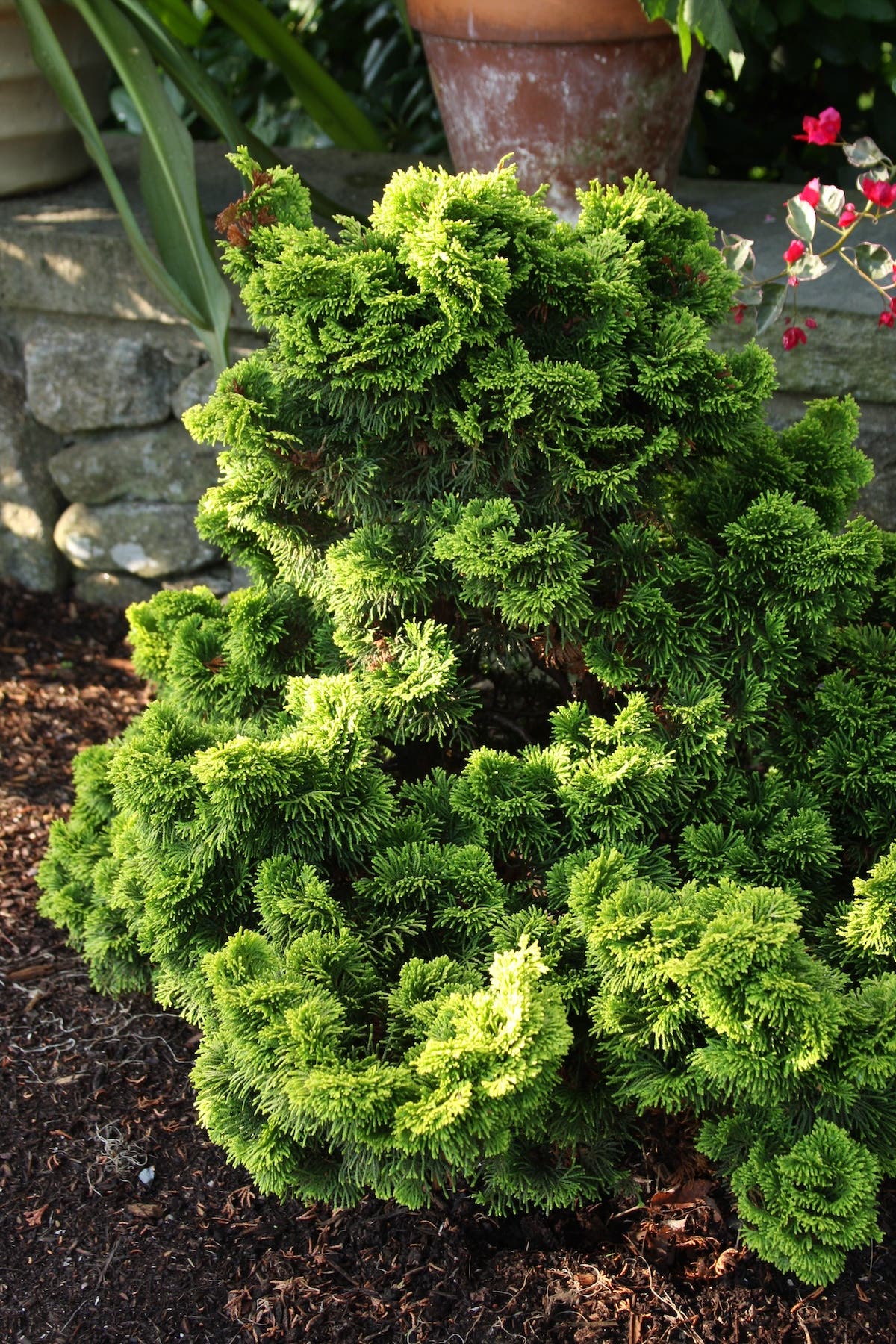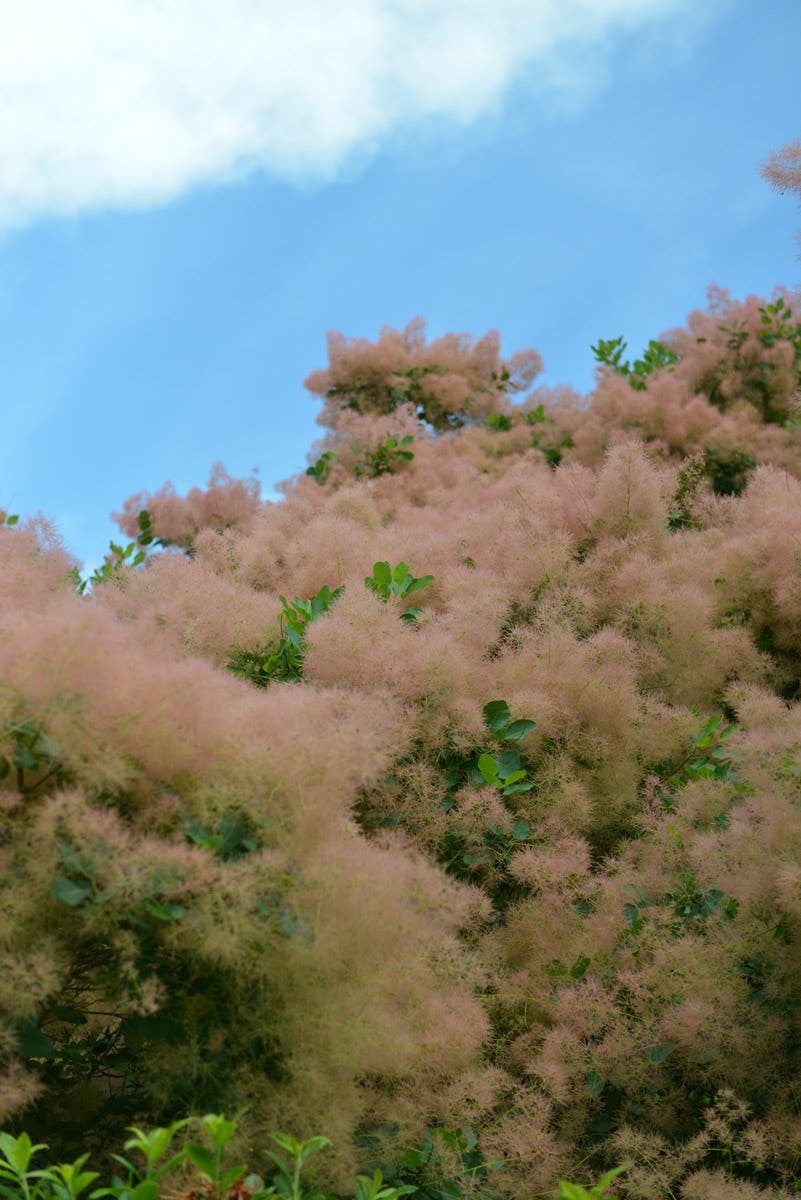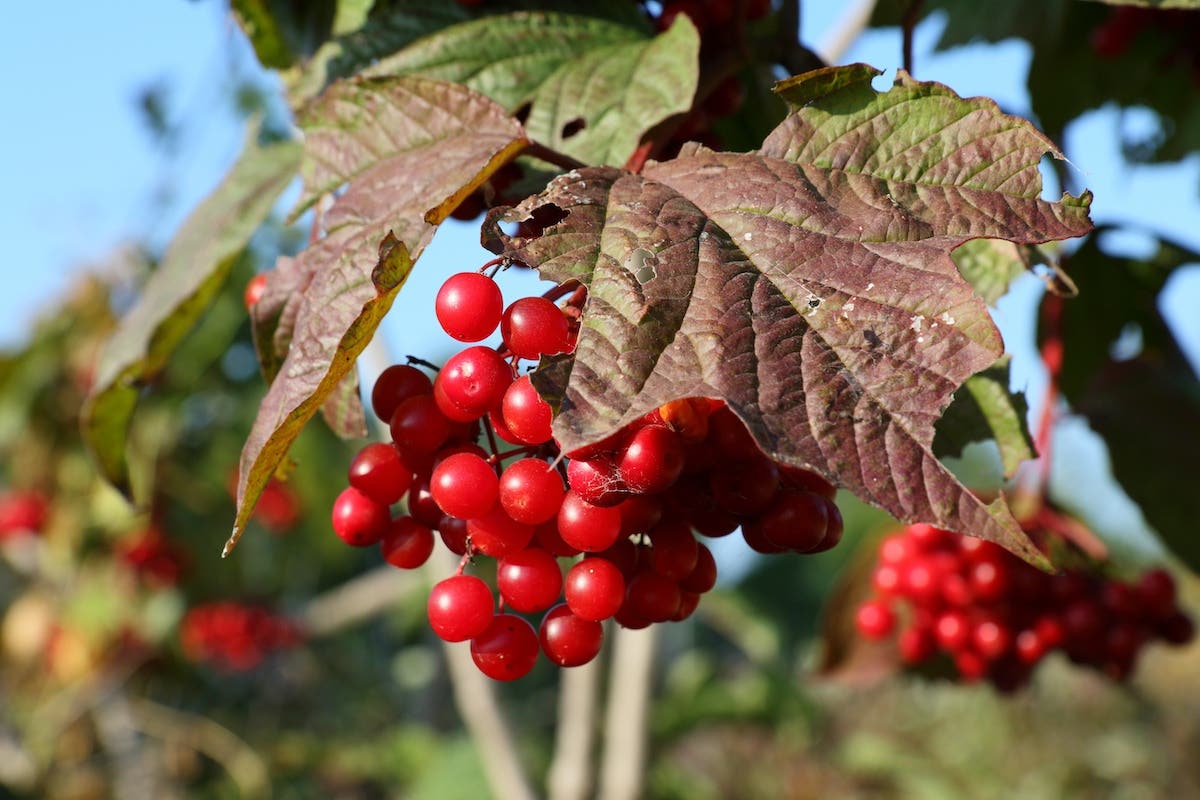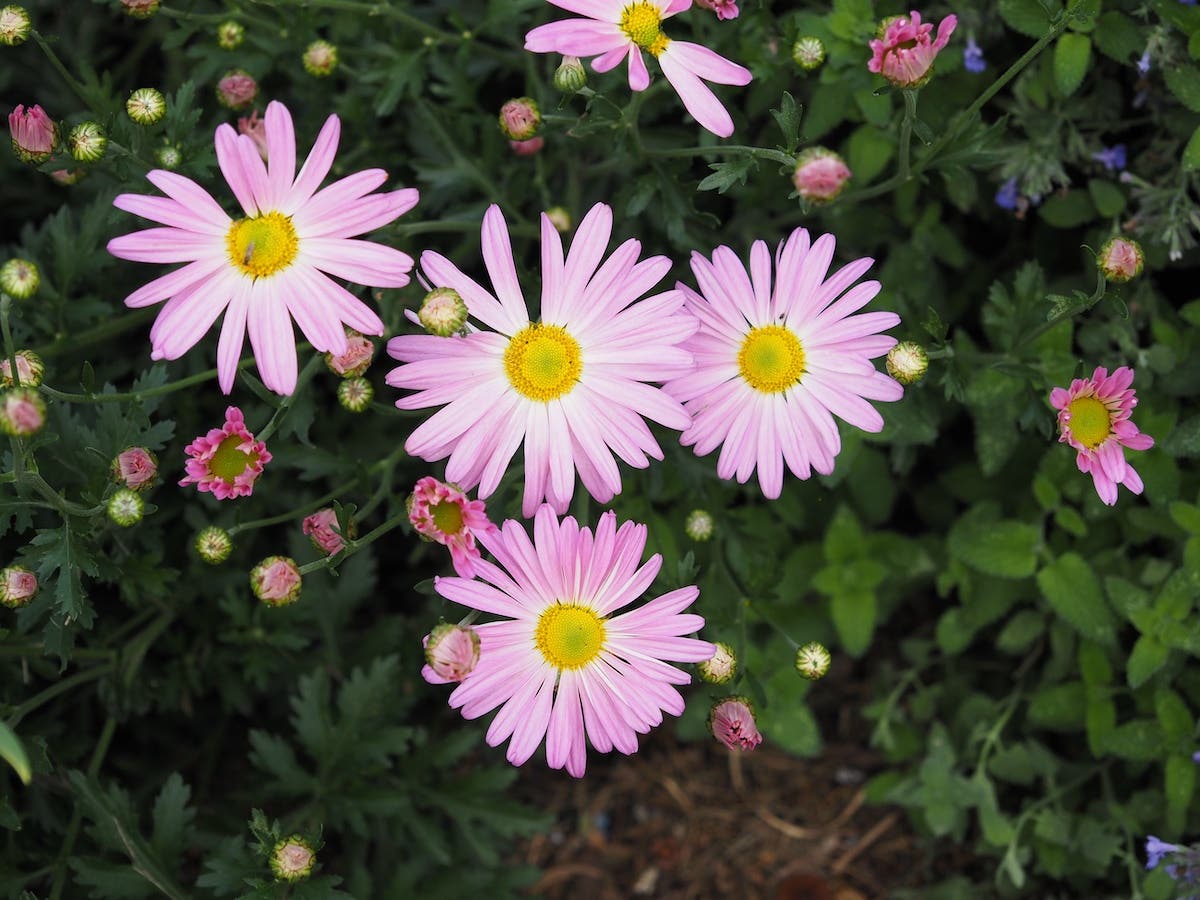How and Why to Prune Tomato Plants
I’ve heard that I should prune my tomato plants. Is that true, and how do I prune tomato plants? Answer: The truth is that there is no definite “yes or…
I've heard that I should prune my tomato plants. Is that true, and how do I prune tomato plants?
Answer: The truth is that there is no definite “yes or no” answer as to whether or not you should prune your tomato plants. The decision is entirely your own. Some feel that pruning can lead to unnecessary risk of diseases by possibly damaging the plant and limiting the plant's desire to naturally grow; and others believe that pruning allows for a healthier, more flavorful yield and will actually protect against pest and diseases by helping the plant utilize its energy efficiently.
If you want larger tomatoes and tidier plants, than I suggest pruning. When you take away unnecessary stems it helps to produce more fruit and less foliage; it also allows for bigger tomatoes by giving the plant more energy and room for fruit production and adequate sunlight to encourage photosynthesis. You should, however, take into consideration if you have determinate or indeterminate plants—determinate plants have a predetermined number of stems, developing all of the fruit in one time rather than periodically during the growing season, like indeterminate plants. If your tomatoes are determinate, then I recommend not pruning unless you notice yellowing or diseased foliage because you are sacrificing the amount of fruit you could potentially harvest.
If you do decide to prune your tomato plants, you want to locate and remove the tomato “suckers"—side shoots that develop on the axis between the main stem and the leaves. These tiny shoots will eventually grow into another main shoot, ultimately producing its own leaves and fruit.
Make sure you have an ample amount of main stems, roughly 6 to 8, before you decide to prune and that the plant has grown to a sufficient height—around 1 to 2 feet tall—so that it will be able to bounce back and rejuvenate after the pruning.
Many gardeners will apply the method of “simple pruning"—pinching off the sucker when it is very tiny by moving it back and forth until it snaps away. THey suggest that the wound will heal faster than if removed with shears. If you decide to try this technique, make sure the new shoot is newly established, usually fewer than 2 inches in height, to risk damage. If the sucker is tough or will not break-off, cut with a sanitized pair of gardening shears.
Pruning your tomato plants can result in a bountiful, scrumptious and, most importantly, healthy harvest!
Image: Rameshng
____________________________________________
Become a vegetable garden expert with The Everything Grow Your Own Vegetables Book.
Keep your edibles thriving with the Edible Gardening Digital Value Pack.
Whether you live on a farm, the city or the suburbs, you can live a greener lifestyle with help from Homesteading.
In Grow Great Grub you can discover how to have the edible garden of your dreams, even in small spaces.
Prune with comfort and ease by using a pair of Ratchet Pruners.


